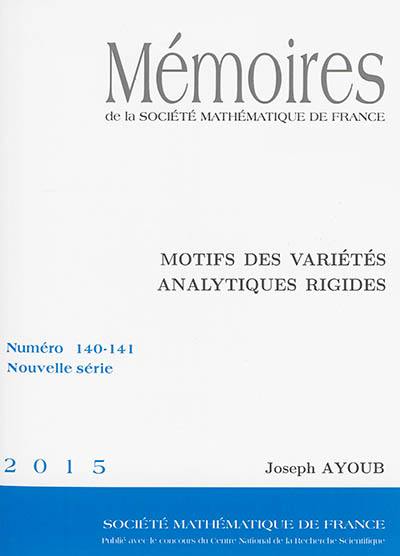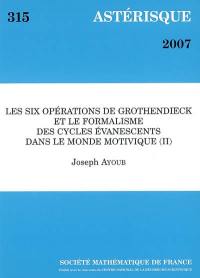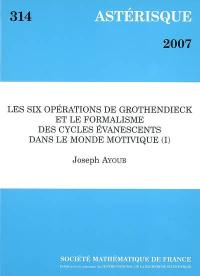
Fiche technique
Format : Broché
Nb de pages : 386 pages
Poids : 400 g
Dimensions : 18cm X 24cm
ISBN : 978-2-85629-811-4
EAN : 9782856298114
Motifs des variétés analytiques rigides
Quatrième de couverture
Dans ce travail, j'étends la théorie des motifs, comme développée par Voevodsky et Morel-Voevodsky, au cadre de la géométrie analytique rigide sur un corps complet non archimédien.
Le premier chapitre reprend l'approche homotopique de Morel et Voevodsky. On y trouve la construction de la catégorie homotopique stable motivique des variétés analytiques rigides ainsi qu'une description complète de cette dernière en termes de motifs algébriques lorsque le corps de base est d'égale caractéristique nulle et de valuation discrète. Le second chapitre reprend l'approche par les transferts de Voevodsky. On y trouve la construction de la catégorie triangulée des motifs analytiques rigides, ainsi qu'une extension à la géométrie rigide d'une grande partie des résultats fondamentaux de Voevodsky et notamment sa théorie des préfaisceaux avec transferts invariants par homotopie. Ceci dit, le présent travail ne se résume pas à un simple décalque de la théorie classique et le lecteur trouvera beaucoup de résultats nouveaux et spécifiques au contexte de la géométrie rigide.
In this work, I extend the theory of motives, as developed by Voevodsky and Morel-Voevodsky, to the context of rigid analytic geometry over a complète non archimedean field.
The first chapter deals with the homotopical approach of Morel and Voevodsky. One finds there the construction of the motivic stable homotopy category of rigid analytic varieties and a complète description of this category in terms of algebraic motives when the base field has equal characteristic zéro and its valuation is discrète. The second chapter deals with Voevodsky's approach based on transfers. One finds there the construction of the triangulated category of rigid analytic motives, and an extension to rigid analytic geometry of a large number of Voevodsky's fundamental results such as his theory of homotopy invariants presheaves with transfers. This is said, the présent work is a lot more than just a mère copy of the classical theory and the reader will find a lot of results that are new and spécifie to rigid analytic geometry.








